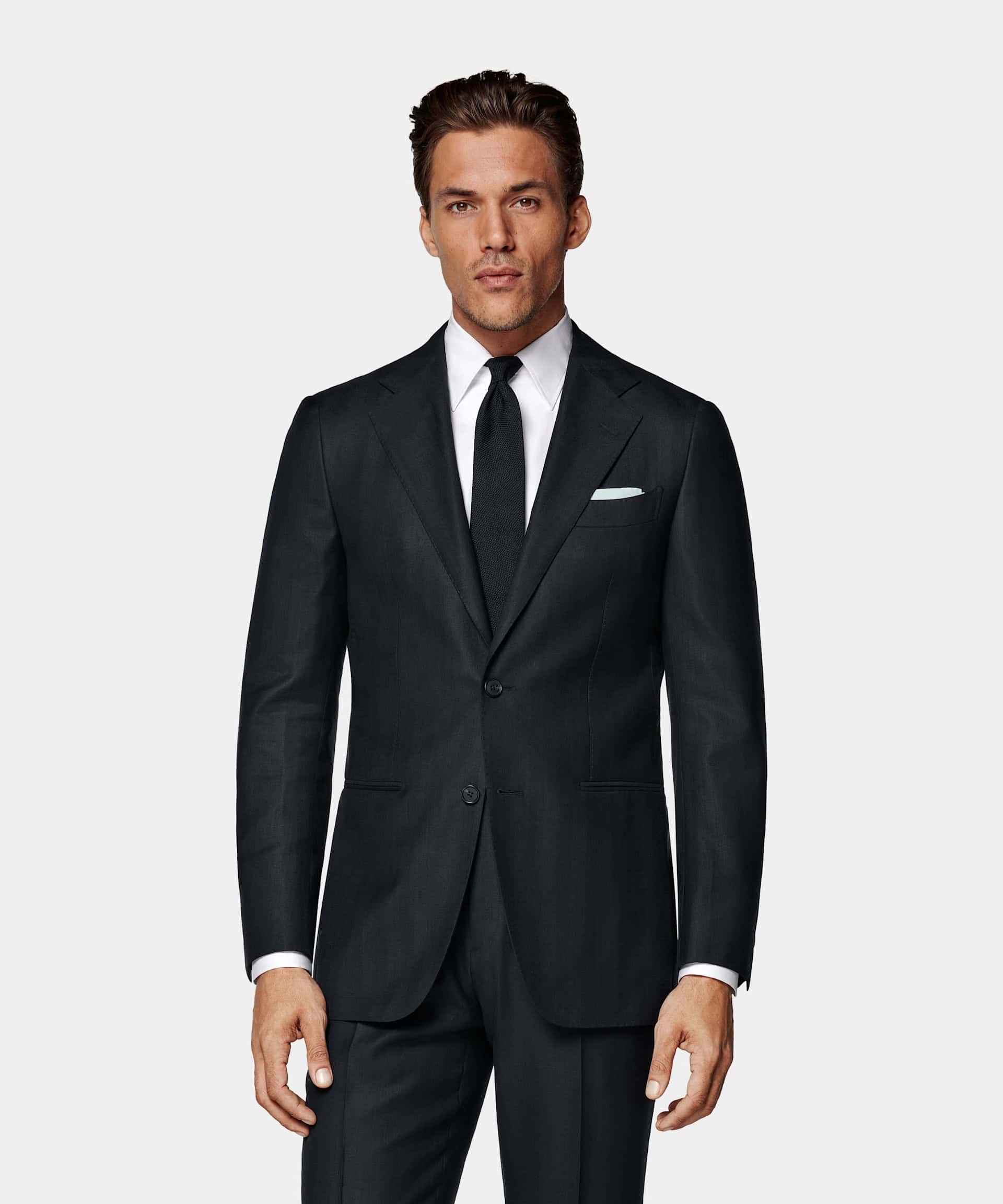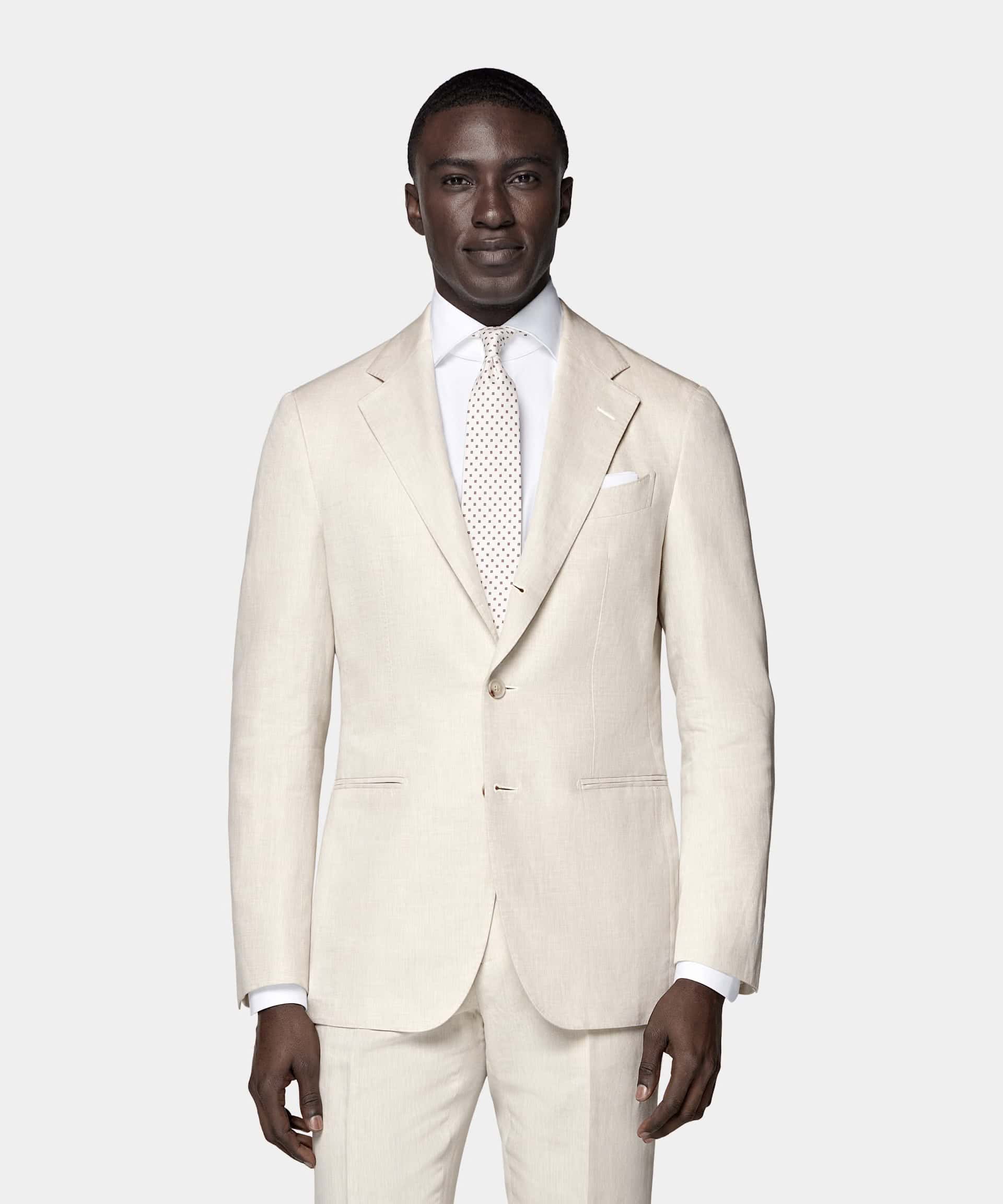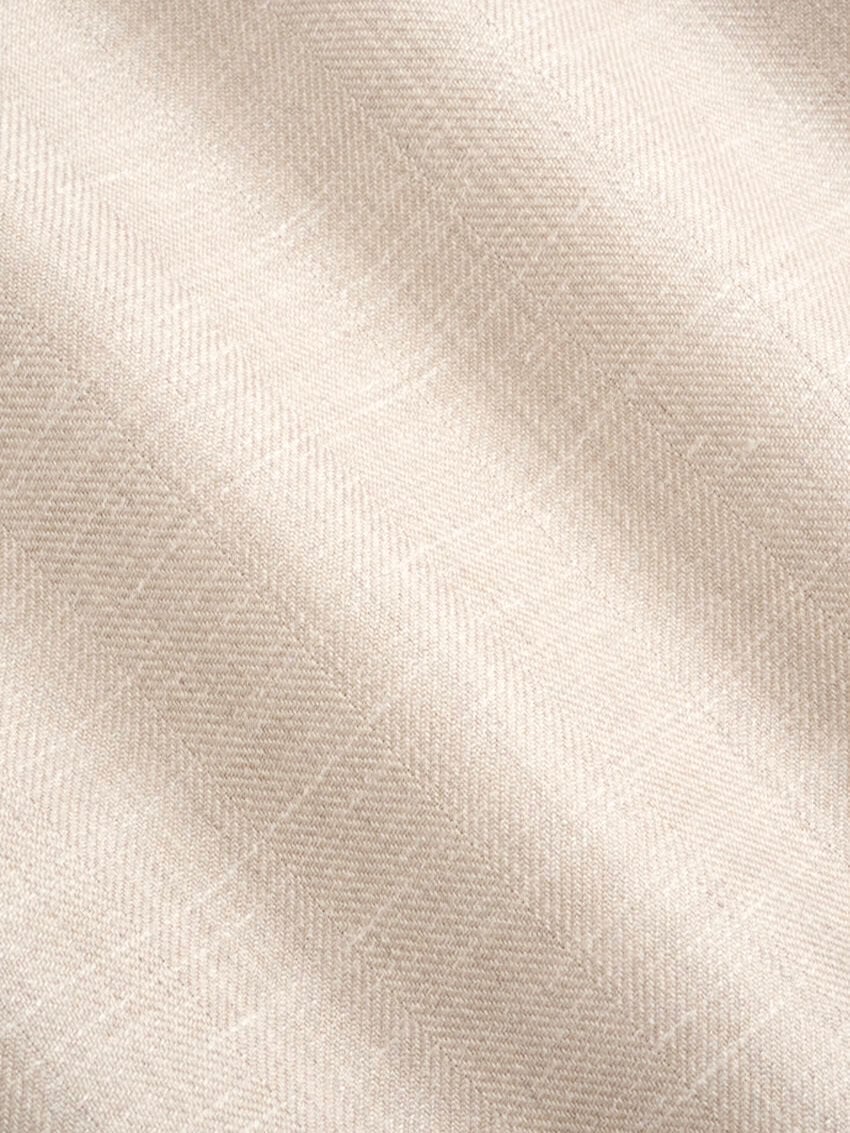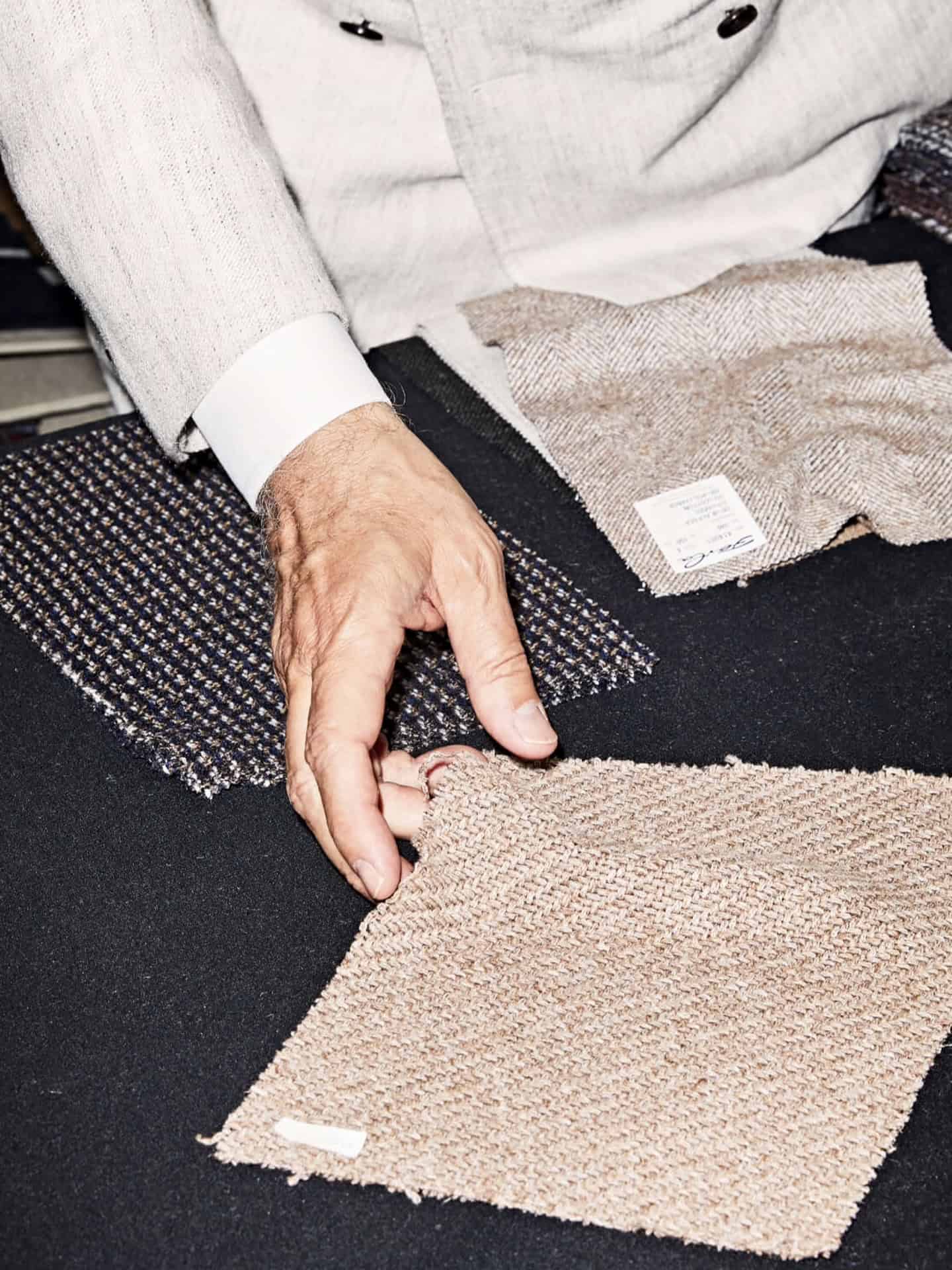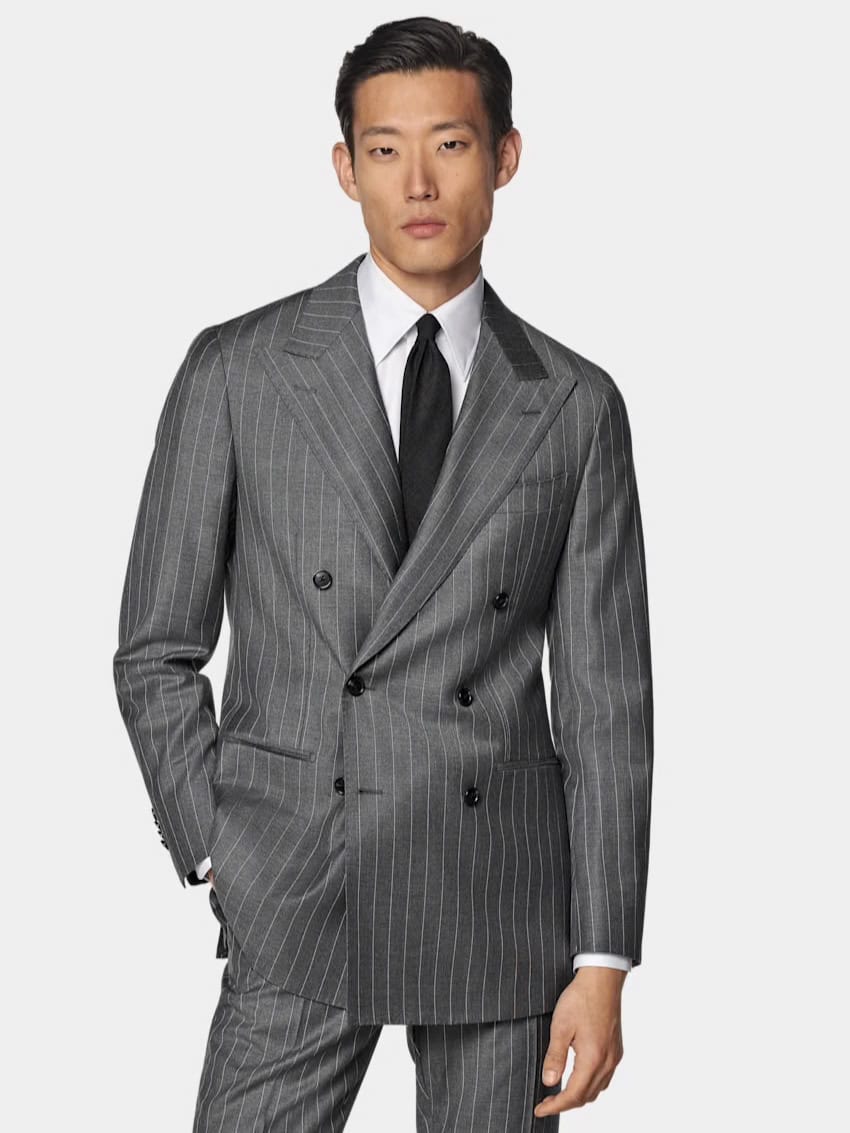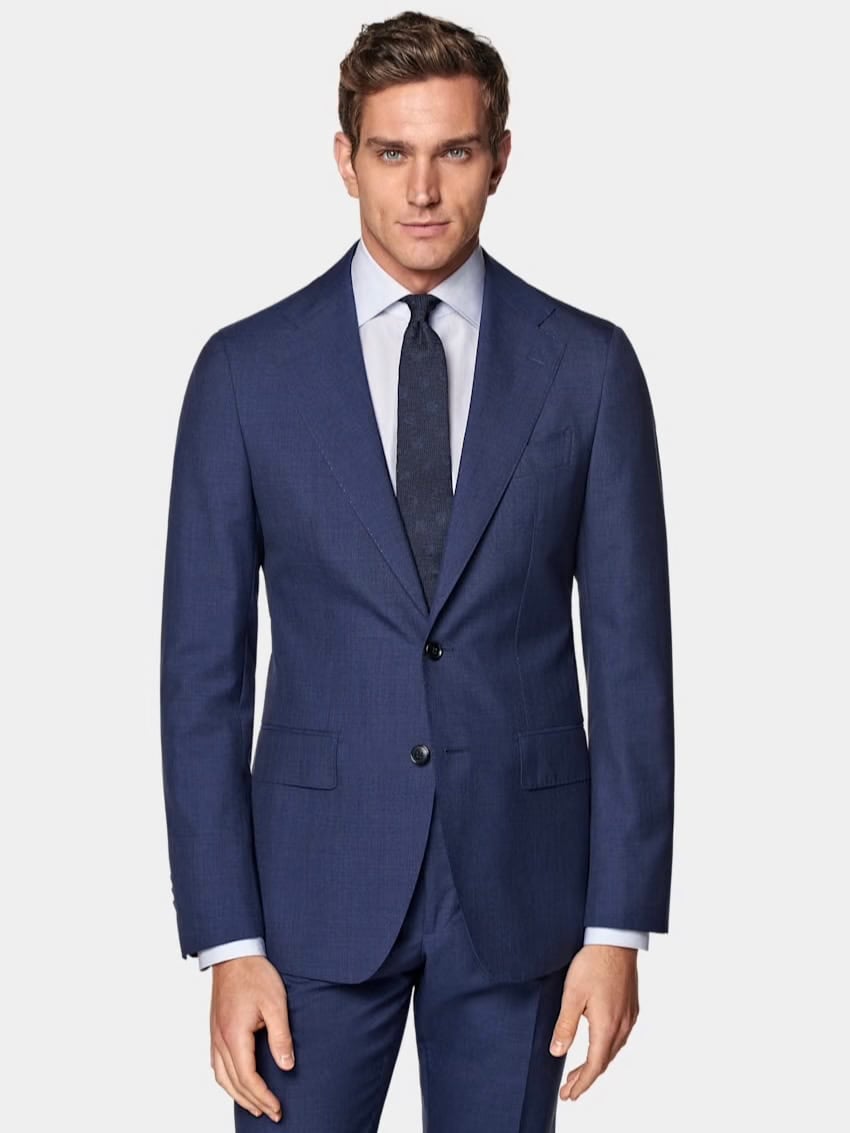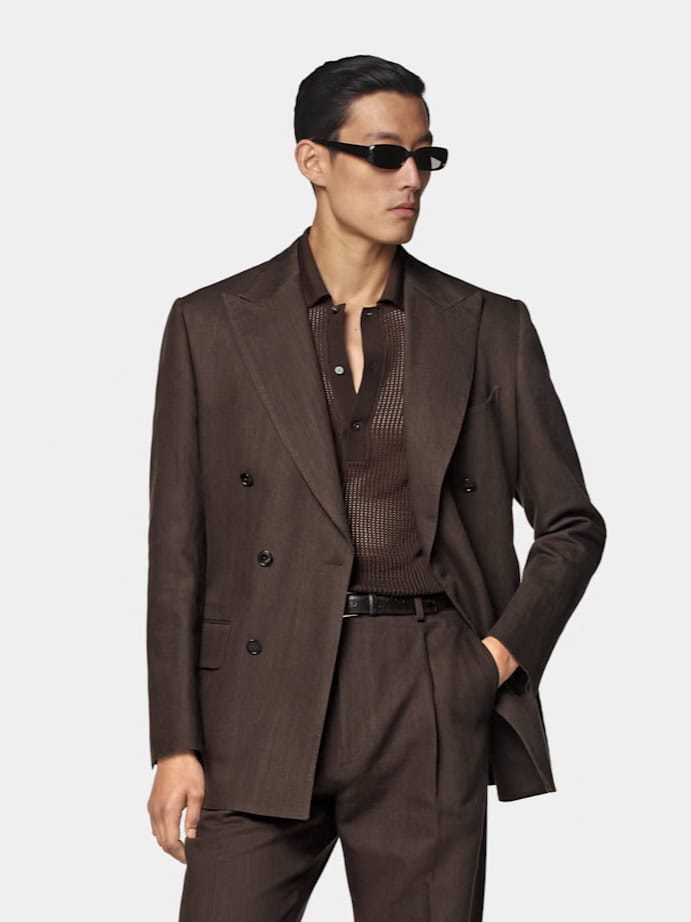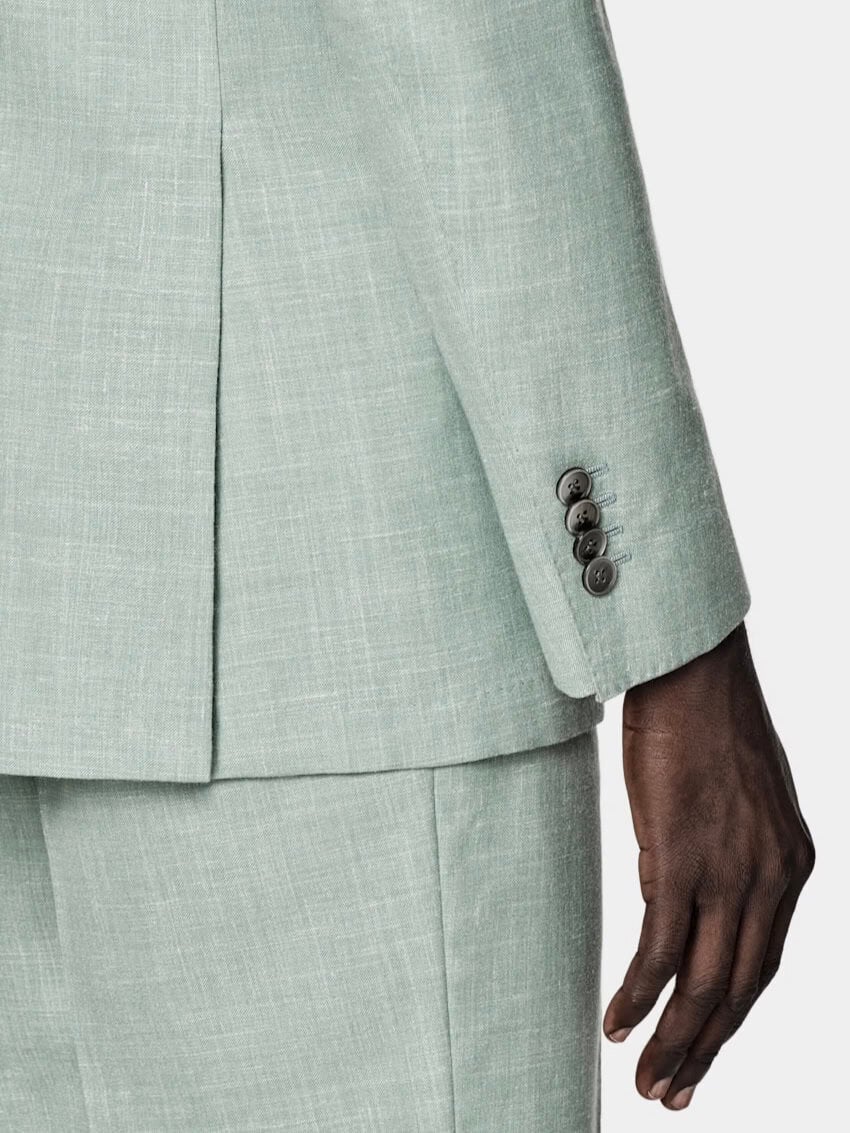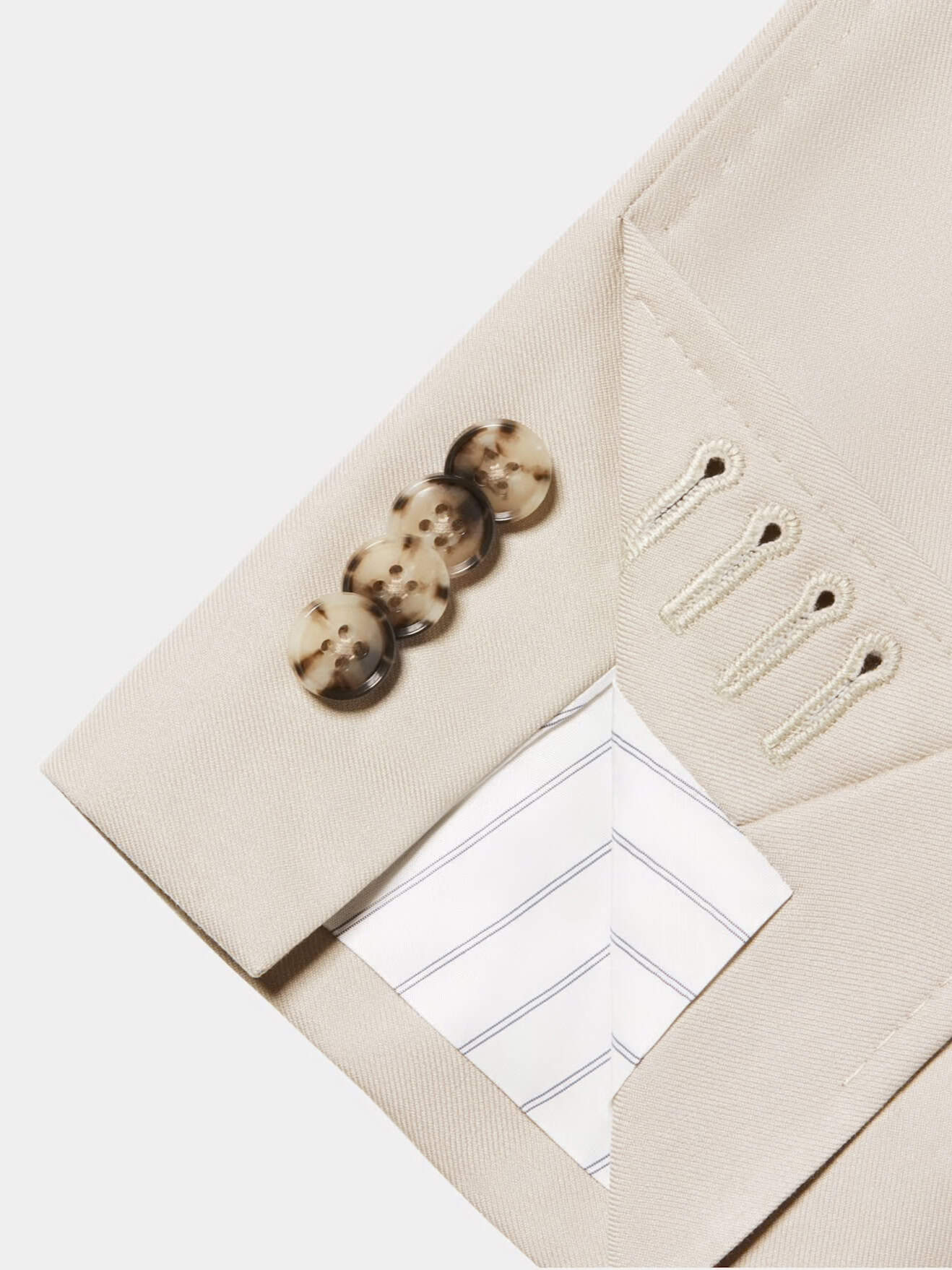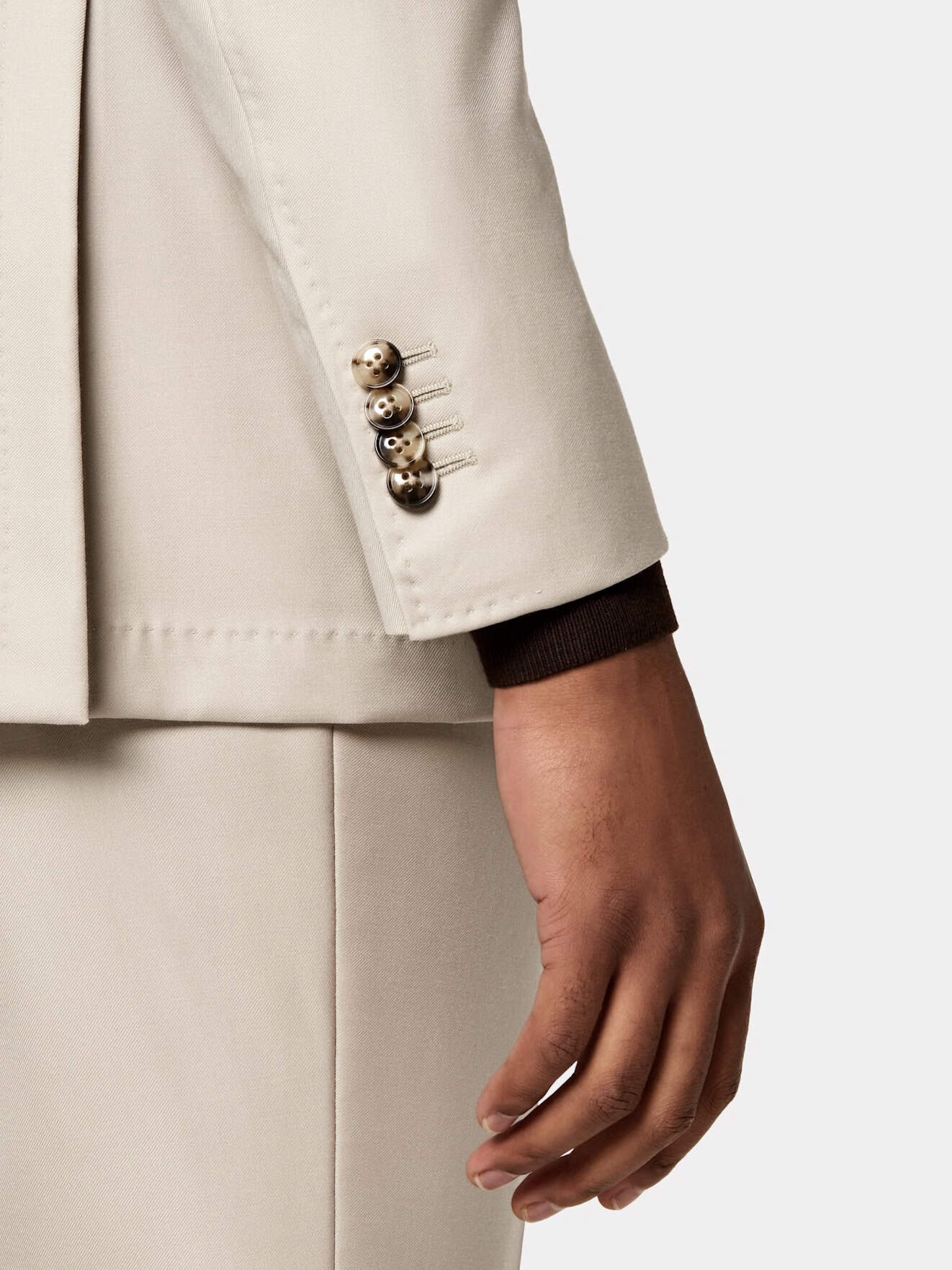How To Choose The Perfect Suit: What to Know Before You Buy
When it comes to formalwear, finding the right suit is about more than just fit and fabric—it’s about purpose, occasion and personal style.
Whether you’re shopping for a job interview, a gala or your wedding day, selecting a suit can be surprisingly complex. Today’s suit buyers have more choices than ever before, from ready-to-wear collections to fully bespoke designs.
So what should you consider before investing in a suit? Below, we break down the key factors that should influence your decision—from material and cut to customisation and the event’s significance.
The Occasion Sets the Tone
The first question to ask is: what is the suit for?
Different occasions call for different levels of formality. A boardroom-ready suit may not be appropriate for an evening event, and the style you wear to a party is unlikely to suit a formal ceremony.
For example, wedding suits often feature unique fabrics, bolder color palettes and elegant details like satin lapels or monogrammed linings. They’re designed not just for fit and comfort but to reflect the tone and theme of a significant life event.
By contrast, business suits prioritise structure, classic tones and versatility. Understanding the setting helps narrow your choices and makes it easier to decide what features to prioritise.
Fabric Matters
The material of a suit isn’t just about appearance—it affects comfort, movement and longevity. Wool is by far the most common suit fabric, thanks to its breathability, resilience and year-round wearability. But even within wool, there are various weights and weaves to consider.
For warmer climates or summer events, lightweight fabrics like linen or cotton may be more suitable. These materials offer a more relaxed drape and are excellent for daytime or outdoor occasions. Velvet or textured blends might be more fitting for winter events or evening receptions.
The key is to balance function with fashion: choose a fabric that not only looks good but performs well under the conditions in which you expect to wear it.
Off-the-Rack vs. Tailored Fit
Fit is arguably the most crucial factor when buying a suit. An ill-fitting suit, no matter how expensive or well-made, can appear sloppy. This is why tailoring is a critical part of the buying process.
Ready-to-wear suits can be a good option if you’re in a hurry or working within a tighter budget. However, they rarely fit perfectly straight off the rack, and most buyers end up having the sleeves or pants adjusted.
If you want a truly personalised result, consider investing in custom suits. These are designed to your exact measurements and often allow for detailed choices in lapel style, button placement, pocket shape, lining and more. The result is a suit that reflects your style and fits like a second skin—no compromises.
Colour and Style Choices
While navy, charcoal and black remain timeless choices, many men are branching out into bolder colors and contemporary styles. Earth tones, deep greens, burgundy and patterned fabrics are becoming increasingly popular, particularly for social or creative settings.
In terms of design, single-breasted suits are still the most versatile, while double-breasted options offer a more structured, vintage-inspired aesthetic. Slim-fit styles continue to dominate fashion-forward wardrobes, although classic and relaxed fits are gaining ground as comfort and mobility become more valued.
The key is to choose a style that complements your body shape and serves the purpose of the suit.
The Details Make the Difference
Buttons, linings, stitching and even the type of vent at the back of a suit all contribute to its overall impact. While these elements may seem minor, they can significantly enhance or detract from the suit’s appearance.
Caring about the details often distinguishes a good suit from a great one. Whether it’s a contrast buttonhole stitch or a unique inner lining pattern, small touches add personality and craftsmanship.
Get It Right

Buying a suit is an investment—not just in clothing but also in confidence, presentation and personal identity. Whether you’re choosing from off-the-rack styles or working with a tailor for a custom fit, take the time to consider the occasion, your style preferences and how the suit will serve you over time.
A great suit doesn’t just meet expectations; it exceeds them. It’s not only about looking sharp but about feeling right in the moment that matters most.

